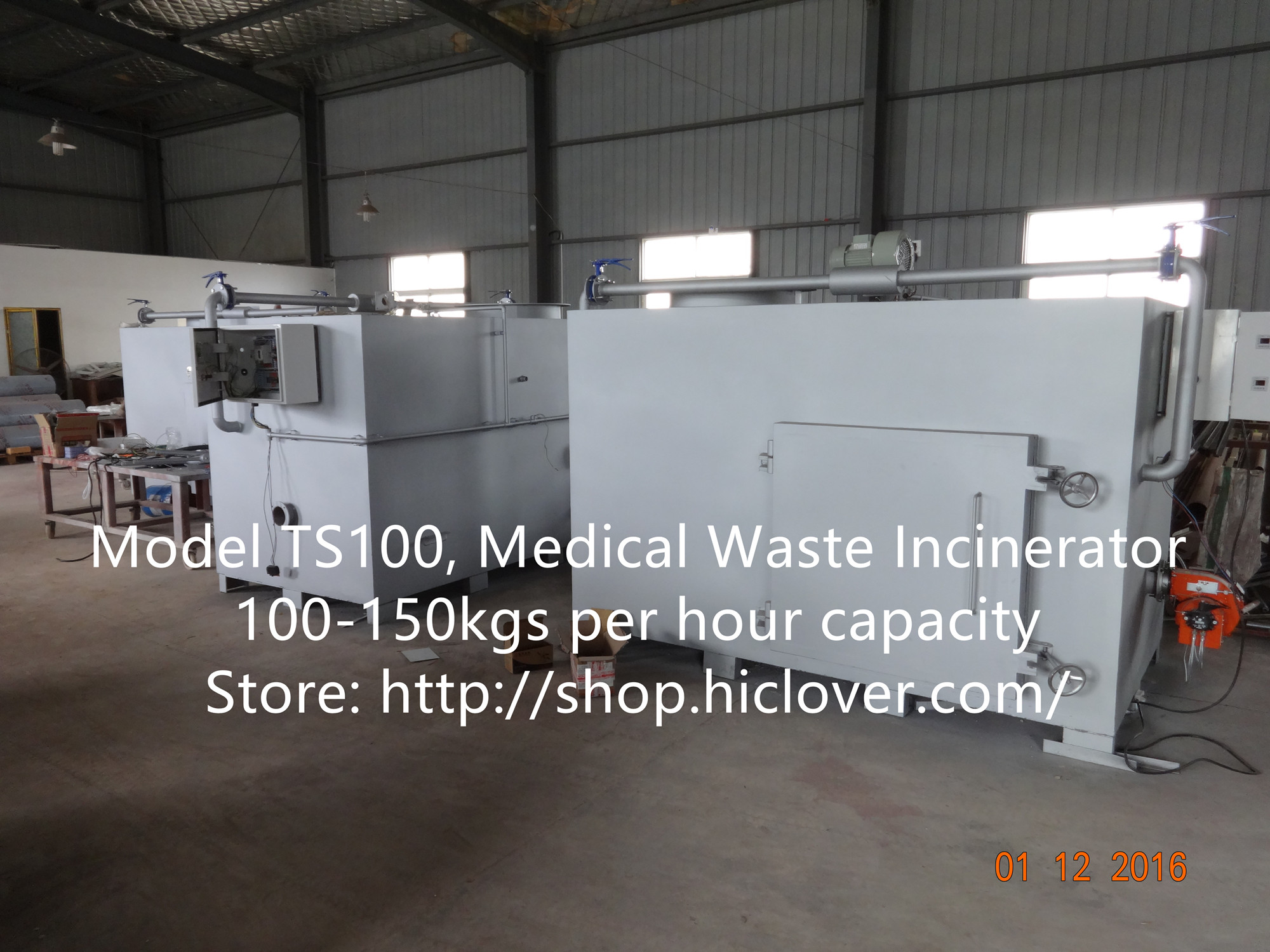The Cost of Incineration: A Closer Look at the Numbers- incineration cost quantities

Incineration, or the process of burning waste to generate energy, is a common method of waste management in many countries. While it is often touted as a cost-effective and efficient way to deal with waste, the true cost of incineration is more complex than it may seem at first glance.
One of the major costs associated with incineration is the initial investment required to build and install the necessary infrastructure. Incineration plants require specialized equipment such as furnaces, scrubbers, and emissions control systems, all of which come with a hefty price tag. In addition, the construction of these facilities can be a lengthy and complex process, further adding to the cost.
Once the incineration plant is up and running, there are ongoing operational costs to consider. The process of burning waste requires fuel, such as coal or natural gas, which can be a significant expense. In addition, maintaining and repairing the equipment, as well as disposing of the ash and other byproducts of the incineration process, also add to the overall cost.
Environmental costs are another important consideration when evaluating the true cost of incineration. While incineration can help reduce the amount of waste that ends up in landfills, it also produces harmful emissions such as carbon dioxide, nitrogen oxides, and particulate matter. These emissions pose a threat to air quality and public health, and can have long-term environmental impacts.
In addition to these direct costs, there are also indirect costs associated with incineration that are often not readily apparent. For example, the process of burning waste can release toxins and pollutants into the air and soil, which can have a negative impact on human health and the environment. There are also costs associated with transporting waste to the incineration plant, which can involve the use of fossil fuels and contribute to greenhouse gas emissions.
Overall, when evaluating the cost of incineration, it is important to consider not just the upfront financial investment, but also the ongoing operational and environmental costs. While incineration may offer some benefits in terms of waste management and energy generation, it is essential to weigh these against the potential negative impacts and costs associated with the process. Only by taking a closer look at the numbers can we truly understand the true cost of incineration and make informed decisions about our waste management practices.